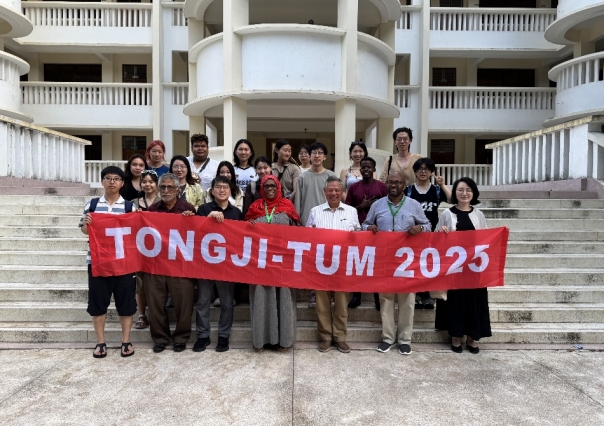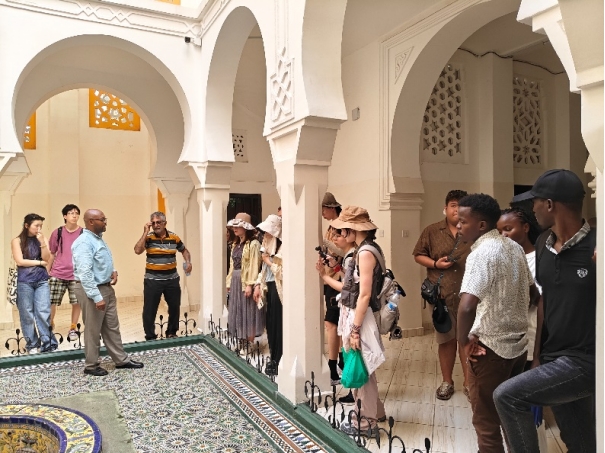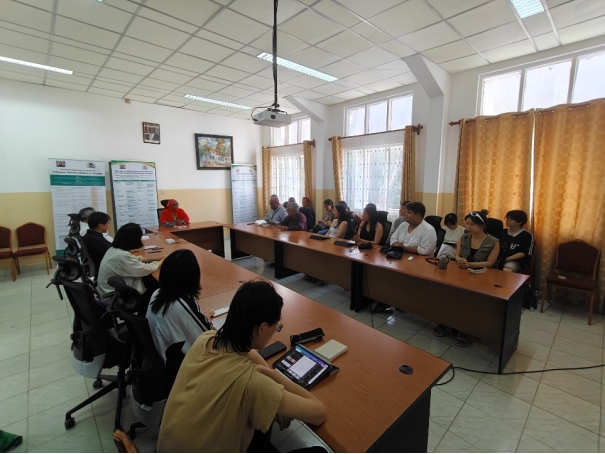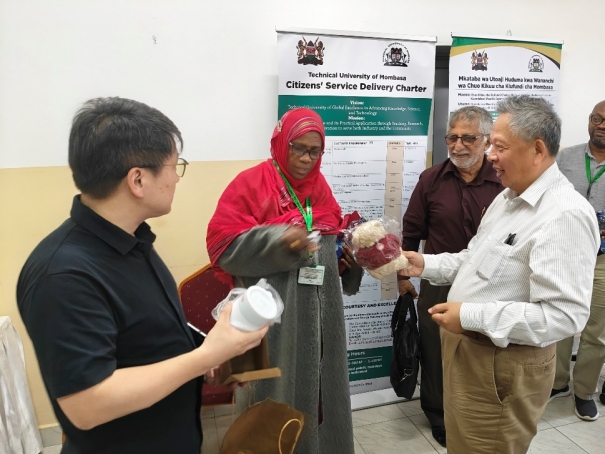
With the strong support of the Belt and Road Foreign Experts Program of the Ministry of Science and Technology of China and Tongji Architectural Design (Group) Co., Ltd., Tongji University has long been actively participating in and promoting Sino-African cooperation in the protection and renewal of world heritage sites, facilitating cultural dialogues and enhancing mutual learning.

Since signing a memorandum of understanding with the Technical University of Mombasa (TUM) in 2019, teachers and students from both universities have collaborated on five joint design teaching activities (online + offline) under a three-stage framework of context study - space study - architecture design. This spring, the joint design base returned to TUM's campus. Fourteen undergraduate students from Tongji's College of Architecture and Urban Planning participated, forming cooperative groups with TUM students to conduct research on the protection and renewal of TUM's architectural heritage.

On April 28, led by Prof. Wu Jiang, ormer Executive Vice President of Tongji University, professor of the College of Architecture and Urban Planning, accompanied by Assoc. Prof. Zhou Minghao, Asst. Prof. Wang Yanze, and teaching assistant Lu Yejiong, the 14 students embarked on a seven-day field trip to Mombasa for joint design teaching. This marked the third time CAUP students had set foot on the East African continent. The Tongji team conducted surveys, presentations, and exchanges in Mombasa. On April 29, guided by Prof. Kalandar S. Kamalkhan, students explored Mombasa's Old Town and TUM's campus, gaining insights into their cultural characteristics, campus planning, and historical building conservation achievements. Subsequently, they conducted thematic research covering development visions, public spaces, historical buildings, and regional culture, formulating campus planning concepts and strategies after four days of investigation. On May 3, students presented a campus protection and renewal plan at TUM, guided by the core concepts of Pioneer, Participation, Preservation. The plan delineated five functional zones and established a historical building assessment system, earning recognition from TUM faculty and students for integrating tradition with modern educational needs and offering a sustainable development paradigm.

The presidents of TUM and Tongji University, as the architects of this cooperation, highly commended the students' performance and expressed hopes for broader collaboration. As the Belt and Road Initiative deepens, China's cooperation with countries worldwide in urban construction and development is growing closer. However, academic understanding of historical cities along the Belt and Road is still in its infancy, necessitating extensive research and knowledge accumulation. The collaborative research between Tongji University and TUM pioneers studies in East African architectural heritage conservation and urban renewal. By establishing an equal and mutually beneficial partnership, it will further advance research on the Belt and Road cultural belt and the construction of teaching methodologies, promoting the dissemination of China's experience and talent export in architectural heritage conservation and urban renewal on the global stage.

 ABOUT US
ABOUT US




